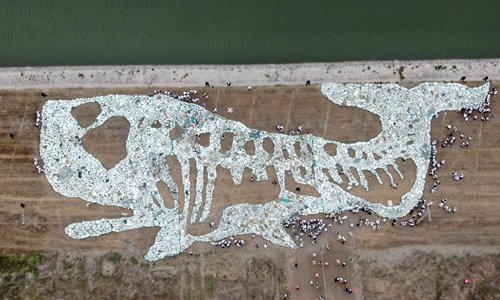Plans to map the entire ocean floor by 2030 are going ahead despite the challenges of the coronavirus crisis, officials leading the project said, with almost a fifth covered so far.
Scientists say the topography of the ocean floor is less well known than the surfaces of Mars, Mercury or Venus and that charting the depth and shape of the seabed will help understand the impact oceans have on the Earth’s climate.
As the world’s ocean economy grows in coming years, data will also be vital to boost knowledge of marine ecosystems and marine life as well as future food supply patterns.
Seabed 2030, which is working to bring together all available bathymetric data to produce a comprehensive map, revealed on Sunday that the area mapped had risen from 15 percent to 19 percent in 2019, from only 6 percent when the initiative began in 2017.
“Over the next year, we anticipate similar levels of data contributions through donations of archive material and, as COVID restrictions abate, new data from surveys, ships transits and crowd sourcing,” project director Jamie McMichael-Phillips told Reuters in comments to coincide with World Hydrography Day.
Data used includes contributions from governments, academia and commercial sources such as ships. These are pulled together by experts at various regional centers around the world in an initiative estimated to cost between $3 billion and $5 billion.
“We have already been gifted hundreds of thousands of square kilometers of data which would cost tens of millions of dollars to acquire ourselves,” McMichael-Phillips said.
But there was still around 293 million square kilometers of ocean floor to map, he added.
The project is a collaboration between Japan’s philanthropic Nippon Foundation and GEBCO, a nonprofit association of experts that is already involved in charting the ocean floor.
Volunteers use plastic waste floating in the sea to form a 68-meter-long “sperm whale” in Nantong, East China’s Jiangsu Province on Monday. Hundreds of volunteers took part to raise people’s awareness to protect the ocean after World Oceans Day, which falls on Saturday. Photo: VCG


